Next up
Our Brotherly War is an action strategy game where you move your armies around the United States and engage in real-time battles with infantry, cavalry and cannons.
Casualties are permanent, resources are scarce, and the battles are uncertain.
Animated with the Lee-Enfield rifle. Almost ready to put this into the game so we can remove the default hand. It's not 100% but beats the robot hand. Let me know what you think!
Optimizing the first level so it can be played on slower computers but still enjoy the realism that's been put into this project. It's easy to be inefficient, so it's time to optimize.
Readjusting and remaking some of the mechanical animations for the Lee Enfield rifle. It's now more accurate.
Idle animation is almost done. I made the bones visible so you can see how each one has to move in a particular way to make the whole body move. We then blend these animations in with other ones, such as walk/run, look up and more.
Lots of technical difficulties are popping up, from dead computers to engine crashes. But we're still making progress! Here's a sneak peak at one of the latest levels being developed.
Behind the scenes look at the first person modeling and animation. While the soldier won't be seen, hands and arms (and sometimes feet) will be. So we can cull out the body in first person-only model to make it more efficient.
More asset creation. This 1907 bayonet will be at the end of our Lee Enfield rifle but also around trenches and other areas.
Need to add a bit more variation in my death animations since they just fall forward or backward. Death isn't this neat and tidy.
Debug lines! Testing firing-ranges and damage fall off from distance, as well as targeting various groups of enemies with a bit of chaos mixed in.
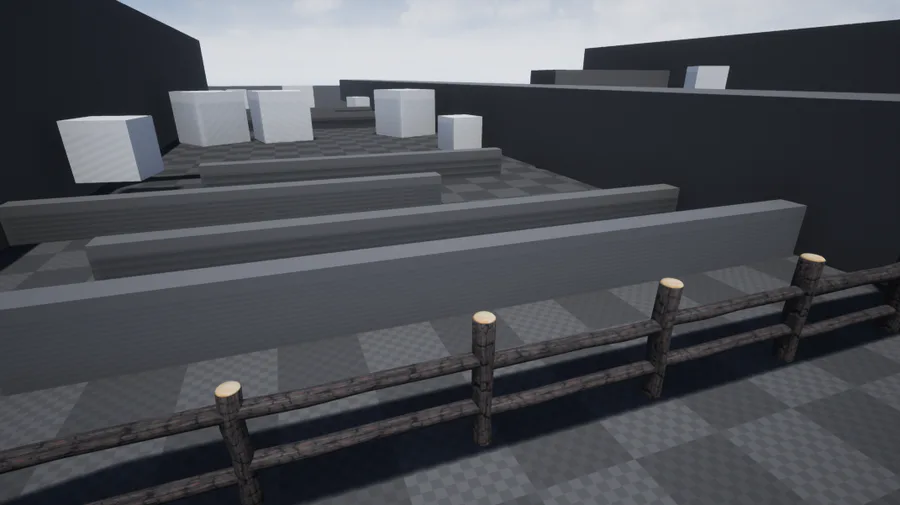
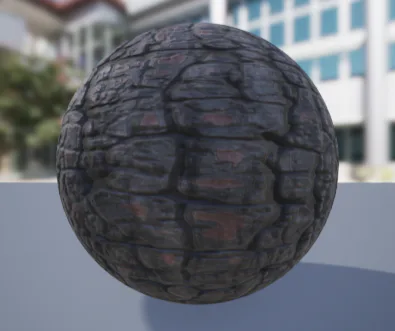
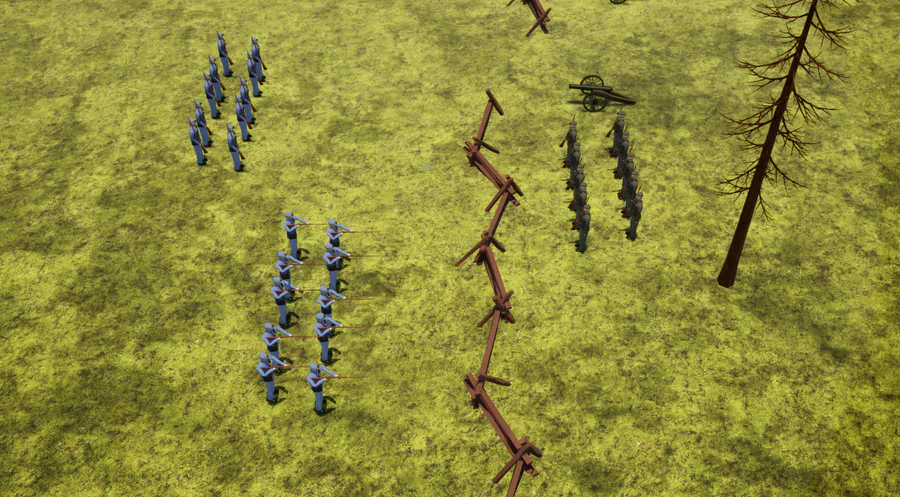

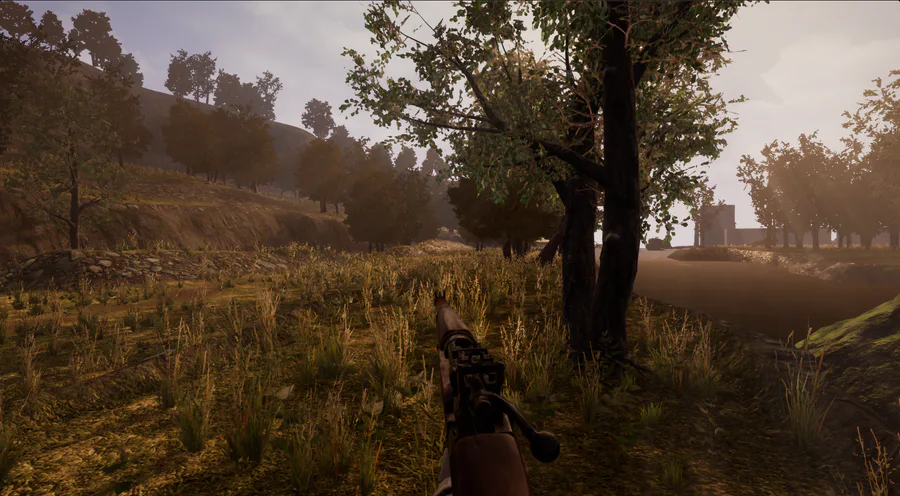
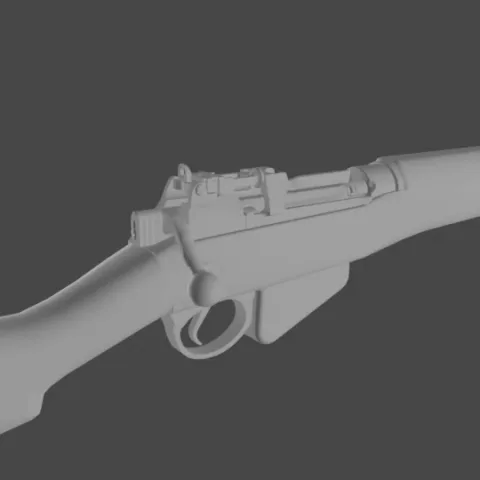
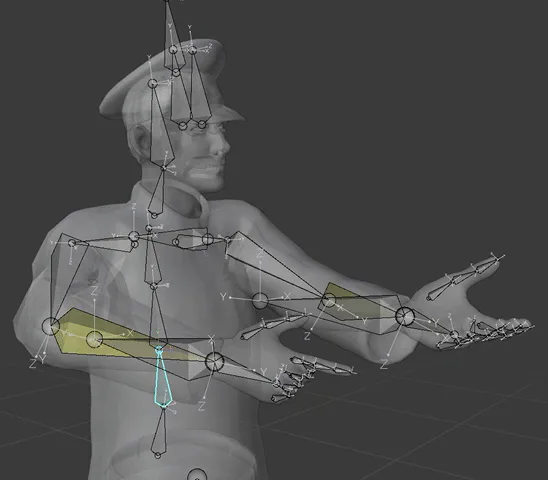
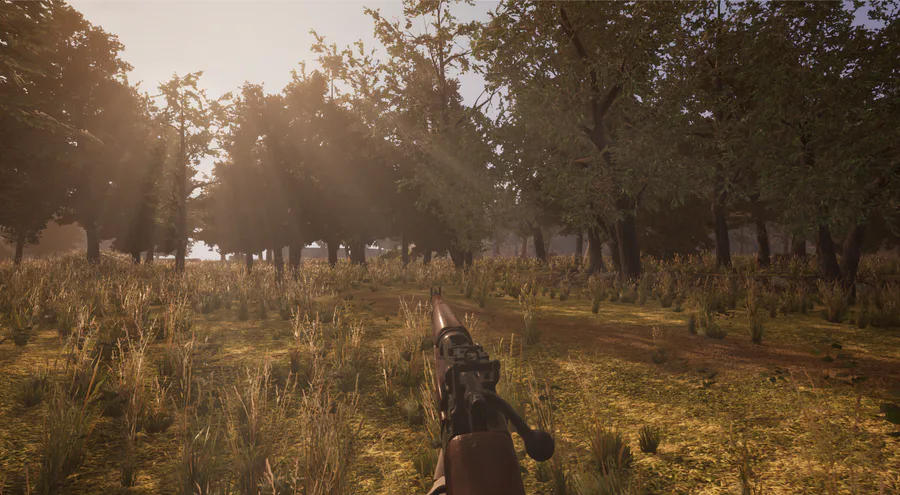
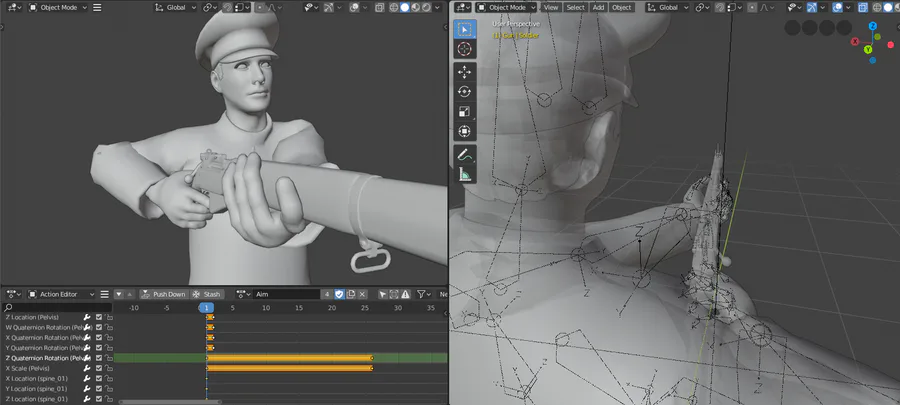
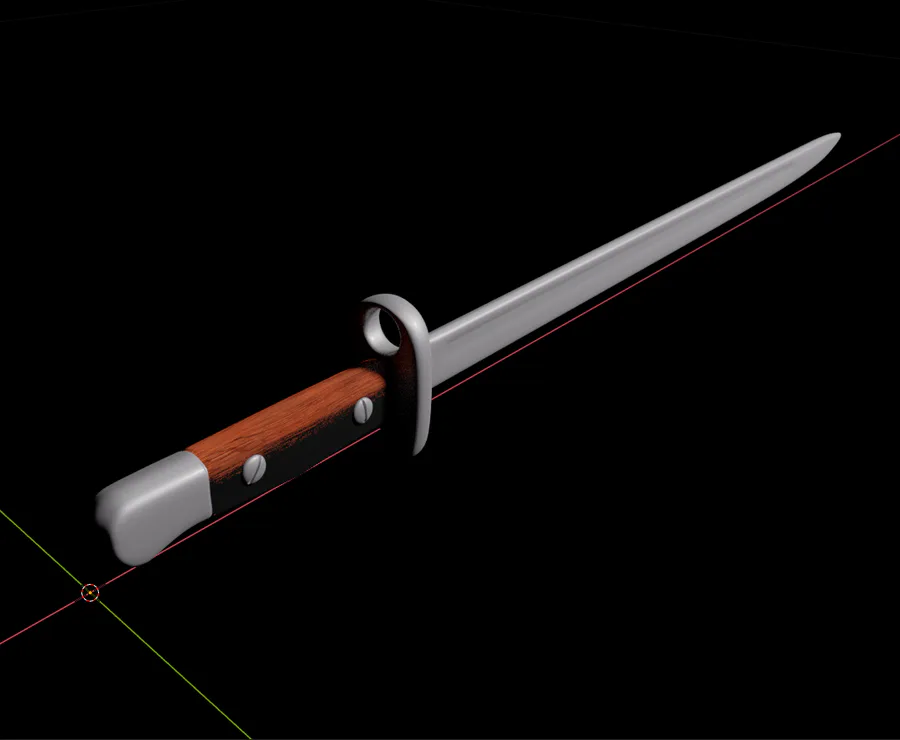

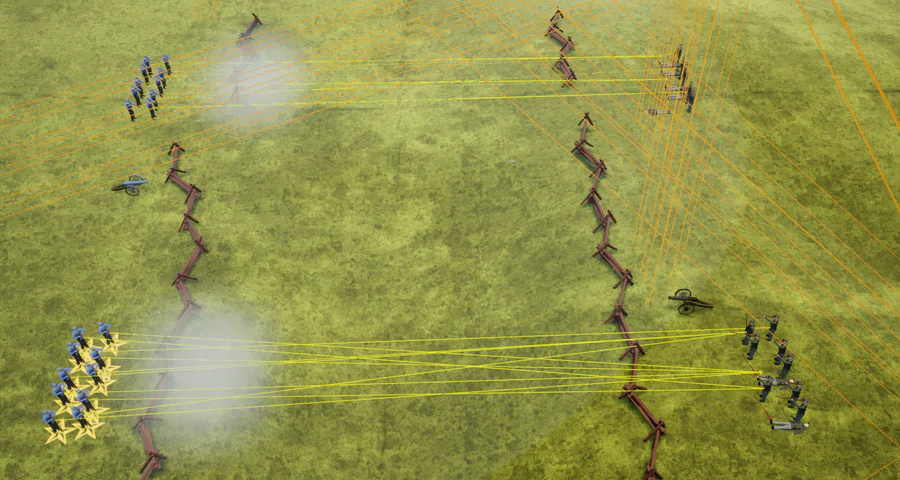
1 comment